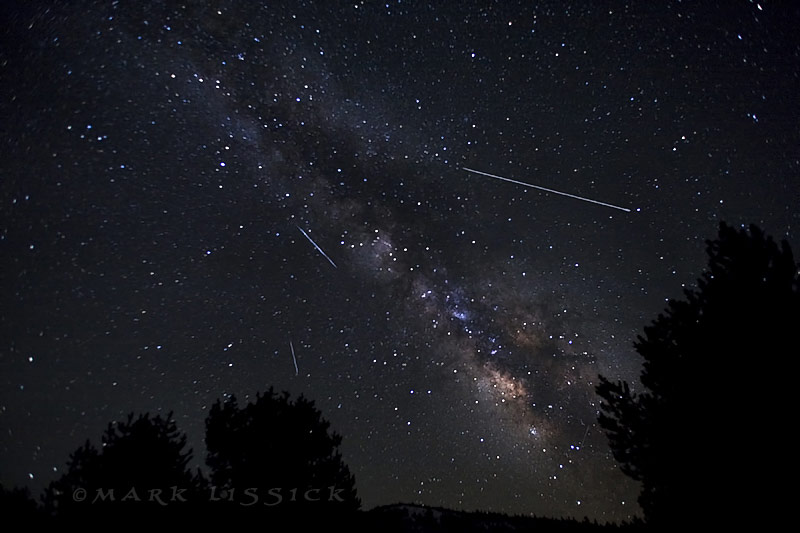Astronomical events you can’t miss during quarantine
On April 21 and April 22, the Lyrids Meteor Shower will be at its peak. Although the Lyrids is an average shower that produces only around 20 meteors per hour, seeing it will be amazing for me because I have never seen a meteor shower before. Since there was a new moon on April 8, the night sky should be well lit and make the meteor shower easy to see. The meteors will make trails of dust behind them that can last several seconds. The best place to see the Lyrids Meteor Shower will be at a dark place after midnight.
April 10, 2020
For the past month, the only thing I have been able to focus on is how bored I am due to shelter-in-place restrictions to slow the spread of COVID-19, Coronavirus. I’ve been sleeping long hours and watching Netflix shows so much that I completely forgot that Easter is in two days.
I think that I need to take a step back and focus on things other than the quarantine the country is stuck in. In the time that we have been advised to stay at home, there have been some beautiful astronomical events taking place that next to nobody is noticing. Since leaving for Spring break, there has been the March Equinox, a time where there are nearly equal amounts of day and night all throughout the world, a new moon, a super moon and a day where Mercury and Venus were clearly visible at night.
I love to take photos and have been doing so since I was in middle school, so if I had been paying attention to what was going on around me, I could have captured some amazing photos of these events. Instead of sitting in bed watching Tik-Toks until four in the morning like I have been doing recently, I will be outside trying to witness these amazing astronomical events and capture them with my camera.
- Lyrids Meteor Shower
On April 21 and April 22, the Lyrids Meteor Shower will be at its peak. Although the Lyrids is an average shower that produces only around 20 meteors per hour, seeing it will be amazing for me because I have never seen a meteor shower before. Since there was a new moon on April 8, the night sky should be well lit and make the meteor shower easy to see. The meteors will make trails of dust behind them that can last several seconds. The best place to see the Lyrids Meteor Shower will be at a dark place after midnight.
- π-Puppid Meteor Shower
The π-Puppid Meteor Shower will be visible from sunset until around 10:24 p.m. from April 15 to April 28 but will be at its peak on April 23 around 7:00 a.m. π-Puppid will occur close to a new moon, so minimal moonlight should make it easy to see.
- New Moon
The new moon on April 23 and May 22 will not be visible from the sky, however, it will provide for the best time of the month for individuals to view galaxies and clusters of the stars since there will be no moonlight to interfere with the objects. This phase of the moon will be around 9:27 p.m.
- Eta Aquarids Meteor Shower
In contrast to the Lyrids, the Eta Aquarids is an above average shower, meaning it could produce around 60 meteors per hour when at its peak on May 4 and May 5 in the Southern Hemisphere. However, in the Northern Hemisphere, the shower can reach around 30 meteors per hour at its peak. The moon will be nearly full which may block the light of the brightest meteors, but some meteors should still be visible. The best place to view the Eta Aquarids Meteor Shower will be from someplace dark after midnight.
- Full Moon, Super Moon
On May 7, the face of the moon will be fully lit up around 5:45 a.m. This full moon will be the last of four supermoons, a moon that appears larger and brighter than usual due to its close proximity to Earth, to occur during 2020. This type of moon was known as the Flower Moon to Native American tribes since the time of year it occurs is when flowers begin to bloom.
- Comet Atlas
The comet Atlas will come closest to Earth on May 23. Atlas is expected to be the second brightest object in the sky since it will be brightening the days leading up to its appearance.
Sources: in-the-sky.org, seasky.org










